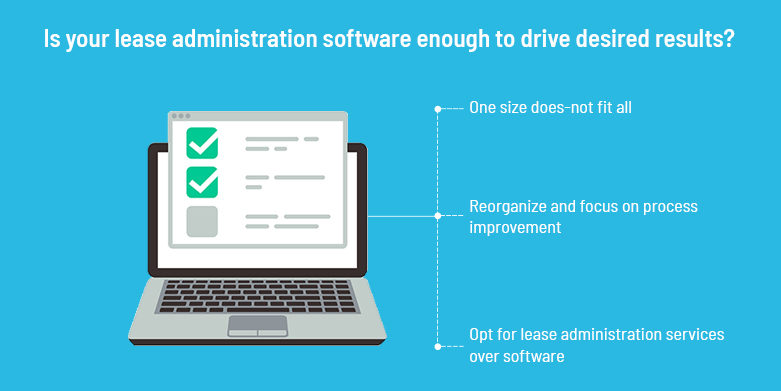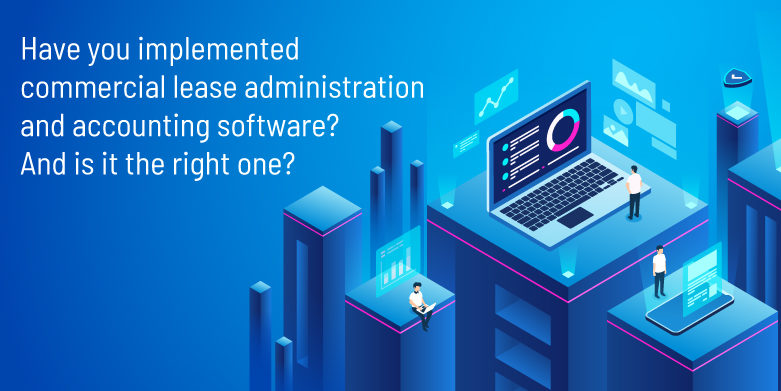 Read time 3 min
Read time 3 minLease administration might not be the most glamorous aspect of real estate management, but it’s crucial for ensuring smooth operations, legal compliance, and financial stability. Without proper lease administration, property owners and managers risk facing costly penalties, disputes, and even lawsuits.
Whether you’re a landlord, tenant, or real estate professional, understanding the importance of lease administration is essential to maintaining a healthy and profitable property portfolio.
In this blog post, we’ll delve into the ins and outs of lease administration and highlight its key benefits and challenges.
Importance of Lease Administration:
Lease administration refers to the process of managing and maintaining lease agreements between landlords and tenants. It involves various tasks such as drafting, negotiating, renewing, tracking, and enforcing lease contracts.
Effective lease administration helps landlords and tenants stay on the same page and avoid misunderstandings, conflicts, and legal issues. Here are some reasons why lease administration is important:
A. Legal Compliance:
Lease agreements are legal contracts that bind landlords and tenants to specific rights and obligations. Non-compliance with lease terms can result in legal disputes, eviction, and monetary damages.
Lease administration ensures that both parties adhere to the terms and conditions of the lease and comply with relevant laws and regulations. It also helps landlords and tenants understand their legal rights and responsibilities and resolve disputes in a timely and fair manner.
B. Financial Stability:
Lease agreements are a major source of income for landlords and a significant expense for tenants. Effective lease administration helps ensure that rent payments are made on time, security deposits are properly handled, and any additional fees or charges are accounted for.
It also helps landlords forecast their cash flow and plan for future investments and upgrades. For tenants, proper lease administration ensures that they are not overcharged or undercharged and that their security deposit is returned in full upon lease termination.
C. Asset Management:
Property owners and managers must keep track of their lease agreements, occupancy rates, lease expirations, and other critical data to optimize their property’s performance.
Lease administration software can automate these tasks and provide real-time insights into lease activity, rent collections, and tenant communication. This allows property managers to make data-driven decisions and maximize the value of their assets.
D. Risk Mitigation:
Lease agreements involve risks such as property damage, liability claims, and tenant default. Lease administration can help mitigate these risks by ensuring that tenants have insurance coverage, conducting regular property inspections, and monitoring tenant behavior.
It can also help landlords prepare for emergencies such as natural disasters, lease violations, and rent delinquency.
Challenges of Lease Administration:
Despite its benefits, lease administration can be a complex and time-consuming process, especially for large or multi-unit properties.
Here are some common challenges of lease administration:
- Documentation: Lease agreements involve a lot of paperwork, from initial drafts to final signatures. Keeping track of all the documents and ensuring that they are accurate and up-to-date can be challenging, especially when dealing with multiple tenants and lease renewals.
- Communication: Landlords and tenants must communicate frequently and effectively to ensure that lease terms are understood and followed. However, communication can be hindered by language barriers, cultural differences, and technological issues.
- Compliance: Landlords and tenants must comply with various laws and regulations, such as fair housing laws, building codes, and zoning laws. However, these laws can be complex and subject to change, making it difficult to stay up-to-date and avoid violations.
- Data Management: Lease administration generates a lot of data, such as lease expiration dates, rent payments, and maintenance requests. Managing this data can be overwhelming, especially if it’s stored in multiple locations or formats.
Conclusion:
Lease administration is a critical aspect of real estate management that can help landlords and tenants avoid legal issues, ensure financial stability, optimize asset performance, and mitigate risks.
By understanding the importance of lease administration and overcoming its challenges, property owners and managers can enhance their operations and deliver a positive tenant experience.
To streamline lease administration, many real estate professionals turn to technology such as lease administration software. These solutions can automate lease-related tasks, centralize lease documents, and provide real-time data insights.
By leveraging technology and best practices in lease administration, property owners and managers can focus on what they do best – delivering high-quality real estate services to their tenants.







